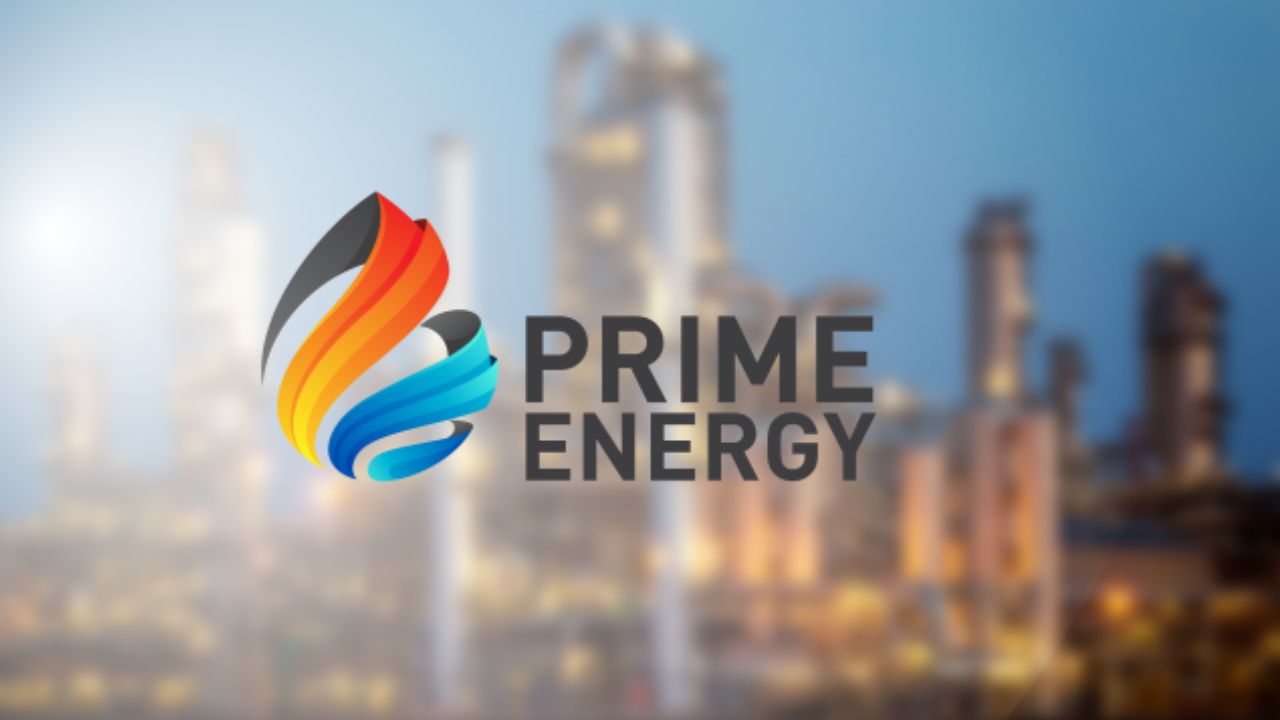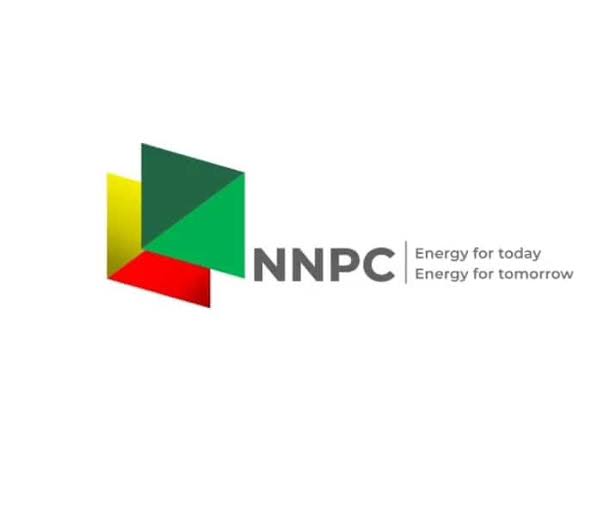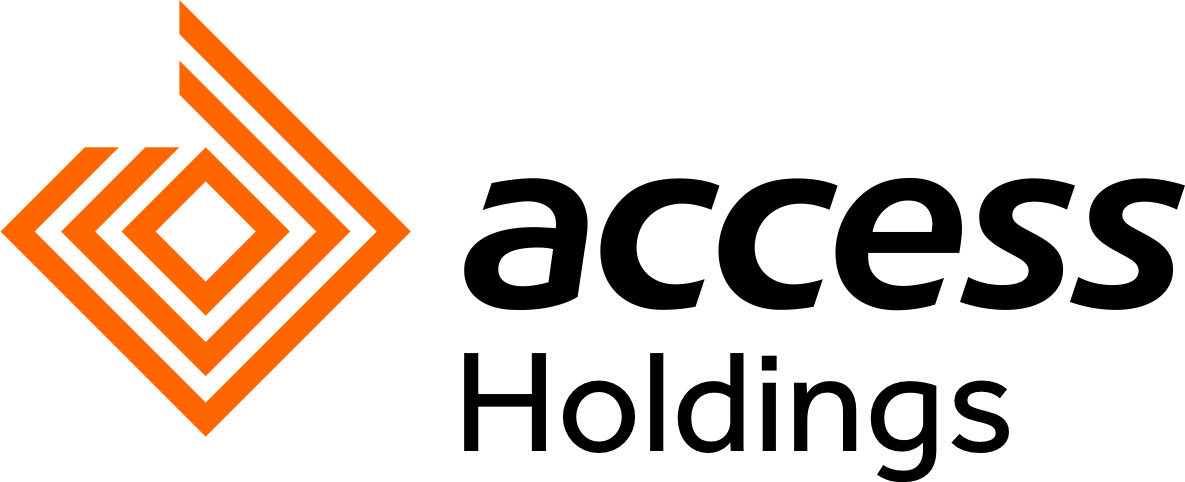
NEW YORK , Oct. 29, 2024 /PRNewswire/ -- Report with market evolution powered by AI - The global fiberglass product market size is estimated to grow by USD 4.63 billion from 2024-2028, according to Technavio.
The market is estimated to grow at a CAGR of 6.3% during the forecast period. Increasing capacity addition initiatives by vendors is driving market growth, with a trend towards high demand for lightweight materials.
However, availability of substitutes for fiberglass products poses a challenge.Key market players include 3B the fiberglass Co., AGY Holding Corp.
, ASAHI FIBER GLASS Co. Ltd., Auburn Manufacturing Inc.
, BGF Industries, China Jushi Co. Ltd., Compagnie de Saint-Gobain S.
A., Glasstek, Gurit Holding AG, Hexcel Corp., Johns Manville, Knauf Insulation, Lanxess AG, Nippon Electric Glass Co.
Ltd., Nitto Boseki Co. Ltd.
, Owens Corning, PFG FIBER GLASS CORP., PPG Industries Inc., Taishan Fiberglass Inc.
, and Taiwan Glass Ind. Corp..
AI-Powered Market Evolution Insights. Our comprehensive market report ready with the latest trends, growth opportunities, and strategic analysis- View your snapshot now Key Market Trends Fueling Growth Fiberglass products are currently in high demand due to their lightweight nature, which is increasingly important in various industries. In the automotive sector, the transition to electric vehicles (EVs) is driving this trend, as fiberglass offers weight savings of up to 50% per component compared to traditional materials like aluminum and metals .
This results in improved energy density, simplified assembly processes, reduced costs, and enhanced thermal control and safety. In sectors like marine, industrial, and transportation, fiberglass products like Coosa Panels are gaining popularity. These panels, made from high-density polyurethane foam reinforced with fiberglass, provide a durable and lightweight alternative to traditional core materials such as wood.
Their dimensionally stable and low water absorption properties, as well as resistance to mold and fungus, make them ideal for both structural and non-structural applications. The benefits of lightweight materials are expected to positively impact the growth of the global fiberglass products market during the forecast period. Fiberglass products are on the rise due to their lightweight and high-strength properties, making them ideal for various industries.
In the building and construction sector, fiberglass is used for insulation and structural components, ensuring energy efficiency and durability. Environmental concerns have driven the demand for eco-friendly materials, leading to innovations in recycling technologies for fiberglass. Smart infrastructure and renewable energy projects require impact-resistant and corrosion-resistant materials, making fiberglass a top choice.
The marine sector also relies heavily on fiberglass for boat hulls and other components due to their high resistance to water and impact. The automotive industry is shifting towards zero-emission transport, and fiberglass is a key component in fuel-efficient vehicles. OEMs are launching new models with fiberglass bodies, offering high tensile strength and lightweight materials.
In the manufacturing industries, fiberglass is used extensively in electrical and electronics, consumer goods, and renewable energy sectors. E-glass, a type of fiberglass, is commonly used in wind energy due to its high strength and resistance to UV rays. Specialty glass and glass wool are also popular insulation materials.
Fiberglass applications extend to aviation, where its lightweight and high-strength properties make it ideal for aircraft components. The future of fiberglass looks bright, with a focus on sustainability and meeting carbon emission targets. Insights on how AI is driving innovation, efficiency, and market growth- Request Sample! Market Challenges The global fiberglass product market is experiencing competition from various alternatives, including advanced composites like carbon fiber reinforced polymers (CFRP) and aramid fibers.
These materials offer superior strength-to-weight ratios, higher temperature resistance, and enhanced performance characteristics, making them attractive options in industries such as aerospace, automotive, and high-performance sports equipment. However, the market faces challenges due to the availability of eco-friendly alternatives like flax-based composites, which are used in the manufacture of interior and exterior automotive parts. Flax fiber, a renewable raw material, has a negative net carbon footprint, while fiberglass production is energy-intensive and polluting.
Additionally, alternatives like aluminum foil tape, polyimide tape, reinforced paper tapes, polyethylene tapes, butyl tape, acrylic foam tapes, ceramic fiber tapes, silicone rubber tapes, synthetic ropes, and steel wire rope offer unique benefits, such as heat and moisture resistance, strong bonds, and durability, which may hamper the growth of the fiberglass product market during the forecast period. The fiberglass product market is thriving due to its high resistance, durability, and lightweight properties. Manufacturing industries benefit from fiberglass's corrosion resistance and tensile strength, making it a popular choice for various applications.
Renewable energy sectors, particularly wind energy, are major consumers, as fiberglass composites provide fuel efficiency and emission reduction. Innovative product launches continue in this market, with eco-friendly alternatives, bio-based resins , and composite materials gaining traction. Construction, aviation, marine, healthcare, and automotive industries also rely on fiberglass for its mechanical strength and chemical stability.
However, challenges persist, such as affordability and obstacles to corporate growth. Primary drivers include technological improvements, product innovations, and the consumption area's expansion into new sectors like automotive sales. Key raw materials include silica sand, soda ash, and limestone.
Leading companies and brands in the fiberglass industry are investing in research and development to meet market demands, while startups bring fresh perspectives and innovative solutions. The future of fiberglass products lies in their ability to meet the needs of diverse industries while addressing sustainability concerns. Insights into how AI is reshaping industries and driving growth- Download a Sample Report Segment Overview This fiberglass product market report extensively covers market segmentation by 1.
1 Cloth 1.2 Tape 1.3 Rope 2.
1 Offline 2.2 Online 3.1 APAC 3.
2 North America 3.3 Europe 3.4 South America 3.
5 Middle East and Africa 1.1 Cloth- Fiberglass cloth, made of glass fibers, is a versatile material due to its lightweight, high-strength, corrosion-resistant, and high-temperature-resistant properties. Widely used in construction for waterproofing and insulation, it's also transformed into fiberglass-reinforced plastic for building materials and decorative items.
In aerospace, fiberglass cloth is used for manufacturing aircraft components due to its lightweight and strength, improving fuel efficiency. In automotive, it enhances vehicle body strength while reducing weight. For electronics, it insulates circuit boards from heat and static electricity.
In industry, it insulates equipment from heat loss. Prominent vendors include Hexcel Corp, China Jushi Co., Ltd, and ASAHI FIBER GLASS Co.
, Ltd. With increasing demand for lightweight, durable materials, the fiberglass cloth market is projected to expand. Download complimentary Sample Report to gain insights into AI's impact on market dynamics, emerging trends, and future opportunities- including forecast (2024-2028) and historic data (2018 - 2022) Research Analysis Fiberglass products are known for their high resistance and durability, making them ideal for various industries.
These lightweight materials offer superior corrosion resistance and tensile strength, making them a popular choice in manufacturing industries. With the growing focus on sustainability, fiberglass is increasingly being used as an eco-friendly alternative in renewable energy sectors like wind energy. In construction, fiberglass reinforced polymers (FRPs) are used for their high strength and affordability.
Aviation and marine industries also benefit from fiberglass's lightweight properties and fuel efficiency, leading to emission reduction. Composites made from fiberglass roving are used in healthcare for medical devices due to their biocompatibility. Overall, fiberglass's versatility and performance make it a valuable resource for numerous applications.
Market Research Overview The Fiberglass Product Market is witnessing significant growth due to the high resistance, durability, and lightweight properties of fiberglass. These characteristics make fiberglass an ideal choice for various industries, including manufacturing, renewable energy, and construction. Fiberglass's corrosion resistance and tensile strength make it a preferred material in the aviation and marine sectors.
Innovative product launches in the form of eco-friendly alternatives, such as bio-based resins, are gaining traction in the market. The use of fiberglass in wind energy and other renewable energy applications is on the rise due to its contribution to emission reduction and fuel efficiency. Fiberglass composites are finding extensive applications in various sectors, including healthcare, automotive, and consumer goods.
The use of glass fibers in insulation materials and structural integrity is driving demand in the building and construction industry. The market faces obstacles such as high production costs and environmental concerns. However, primary drivers like technological improvements, product innovations, and corporate growth are expected to offset these challenges.
Key raw materials used in fiberglass production include silica sand , soda ash, and limestone. The consumption area of fiberglass is vast, ranging from aircraft and boats to automobiles, electronic goods, storage tanks, and pipes. Automotive sales of fuel-efficient vehicles and emission regulations are expected to boost the demand for lightweight composites.
The marine sector is also expected to witness significant growth due to the increasing demand for impact-resistant materials. Recycling technologies and the use of zero-emission transport are expected to further drive the growth of the fiberglass product market. The market is expected to continue its expansion in the coming years, with leading brands and startups contributing to its corporate growth.
Table of Contents: 1 Executive Summary 2 Market Landscape 3 Market Sizing 4 Historic Market Size 5 Five Forces Analysis 6 Market Segmentation Type Cloth Tape Rope Distribution Channel Offline Online Geography APAC North America Europe South America Middle East And Africa 7 Customer Landscape 8 Geographic Landscape 9 Drivers, Challenges, and Trends 10 Company Landscape 11 Company Analysis 12 Appendix About Technavio Technavio is a leading global technology research and advisory company. Their research and analysis focuses on emerging market trends and provides actionable insights to help businesses identify market opportunities and develop effective strategies to optimize their market positions. With over 500 specialized analysts, Technavio's report library consists of more than 17,000 reports and counting, covering 800 technologies, spanning across 50 countries.
Their client base consists of enterprises of all sizes, including more than 100 Fortune 500 companies. This growing client base relies on Technavio's comprehensive coverage, extensive research, and actionable market insights to identify opportunities in existing and potential markets and assess their competitive positions within changing market scenarios. Contacts Technavio Research Jesse Maida Media & Marketing Executive US: +1 844 364 1100 UK: +44 203 893 3200 Email: [email protected] Website: www.
technavio.com/ SOURCE Technavio.














